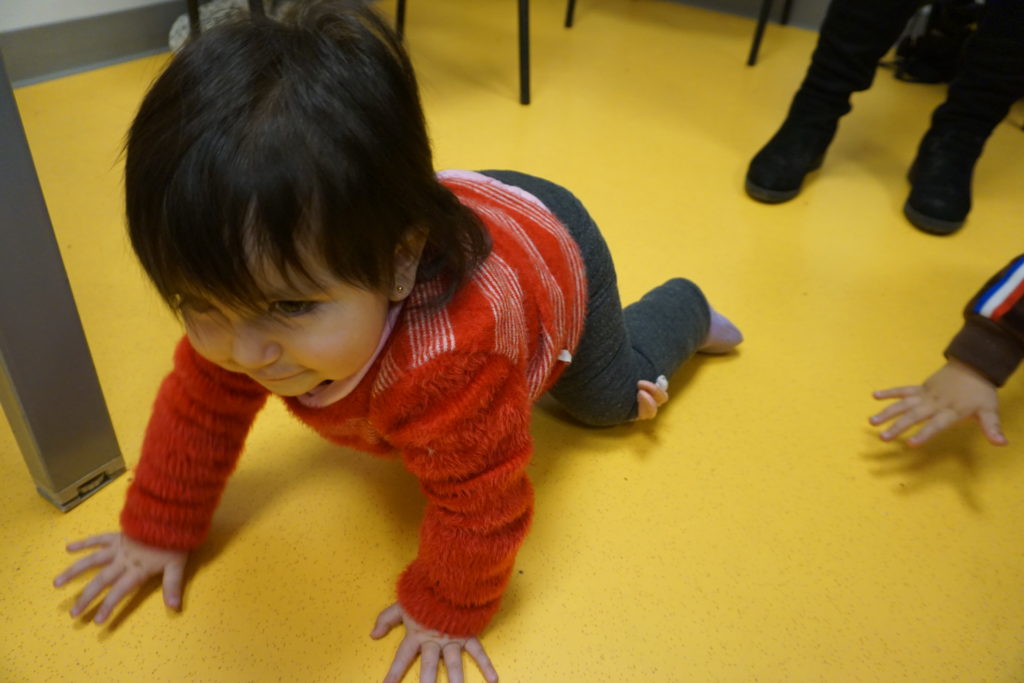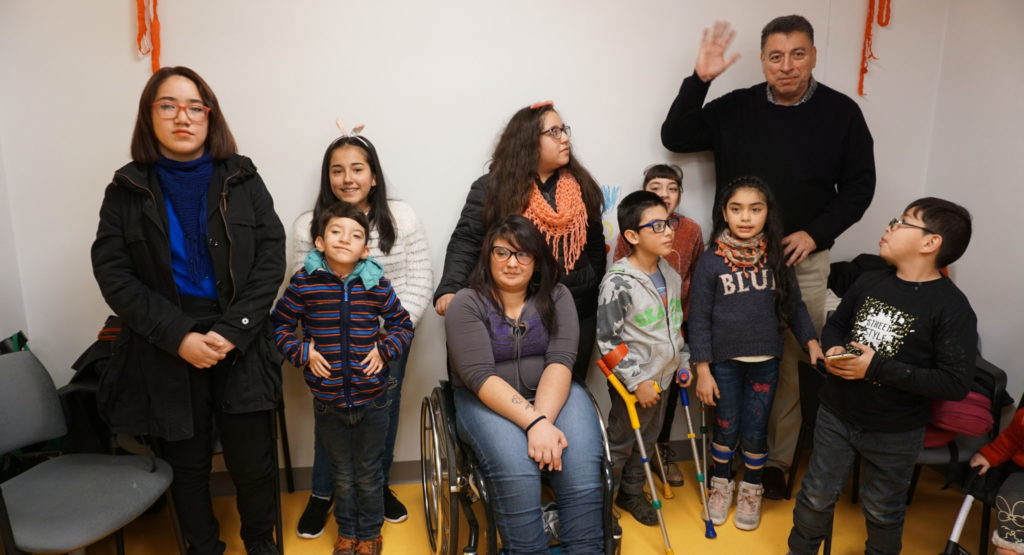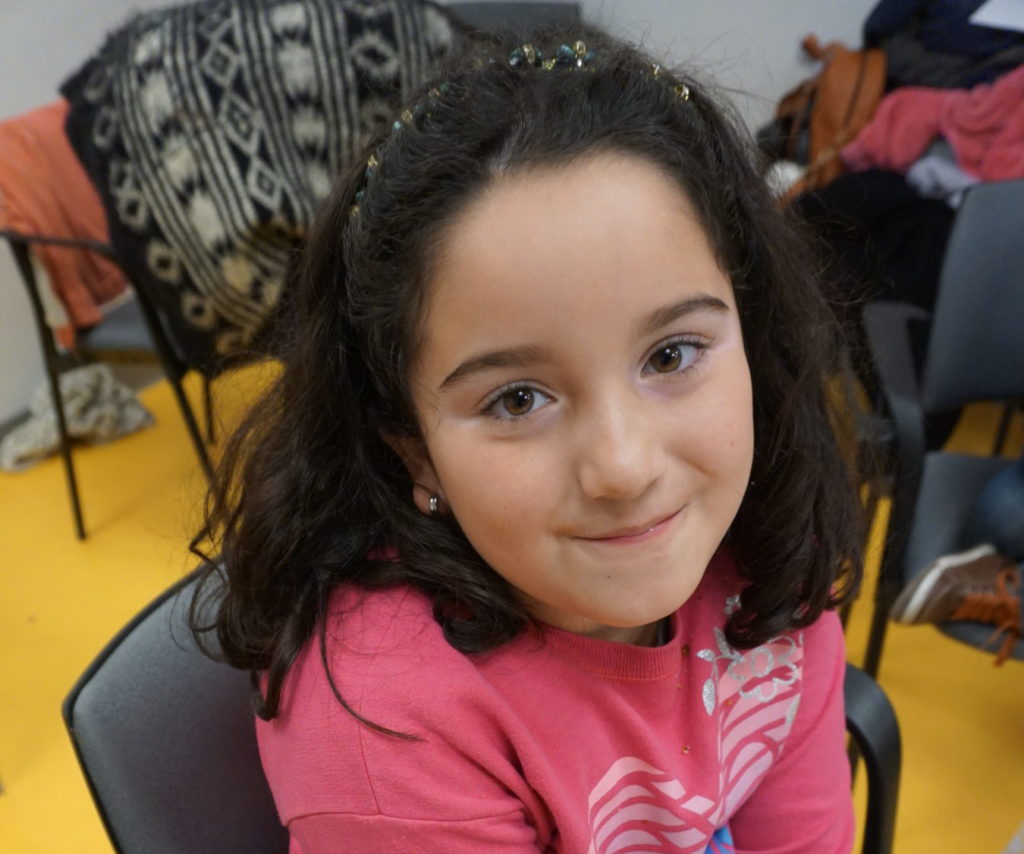facts about the Handicapped Children’s Center:
- Ages served: The Center assists children and young adults up to age 20.
- Facility description: The Center is large and modern, comprising examination rooms, physical therapy, a swimming pool and a center for making prosthetic aids (which are provided to children free of charge).
- Services: The Center provides all medical care and therapy for free. It is equipped to provide care and support to children suffering from the effects of polio, birth defects, Downs Syndrome and other mental and physical handicaps. Transportation to and from the facility, when needed, is also provided at no charge.
- Staff: Includes physical therapists, orthopedists, podiatrists, neurosurgeons, urologists, dentists, occupational therapists, teachers, psychologists, social workers, nurses, audiologists and a full prosthetic staff. It emphasizes self-care and independence in its therapy. Families are encouraged to play an active role in the children’s rehabilitation.
- Education: Children who are able to attend local public schools. Those who are not able to attend these schools due to their disabilities are educated at the Center.
- School Year: In Chile, the academic year typically begins in early March and ends in early December, with a summer break from December through February and a two-week winter break in July.
Spanning over 2,000 miles of South America’s western coastline with deserts in the north, rainforests in the south and the snowcapped peaks of the Andes Mountains ranging throughout, Chile is truly a nation of contrasts. Although politically progressive when it comes to human rights, Chile suffers from excessive inflation and an ever-increasing unemployment rate. Due to these economic realities, millions of Chileans are desperately poor. Living in poverty is misery enough, but when an impoverished family must also provide for a handicapped child, the pain is even starker.
In the city of Santiago, these children and their families would have no hope were it not for the Handicapped Children’s Center. Here, children with various disabilities receive treatment and support in an educational environment. This Center serves as a beacon of hope and a source of much-needed aid by offering these precious children the opportunity to rise above the challenges of poverty and disability — the opportunity for a brighter future.


